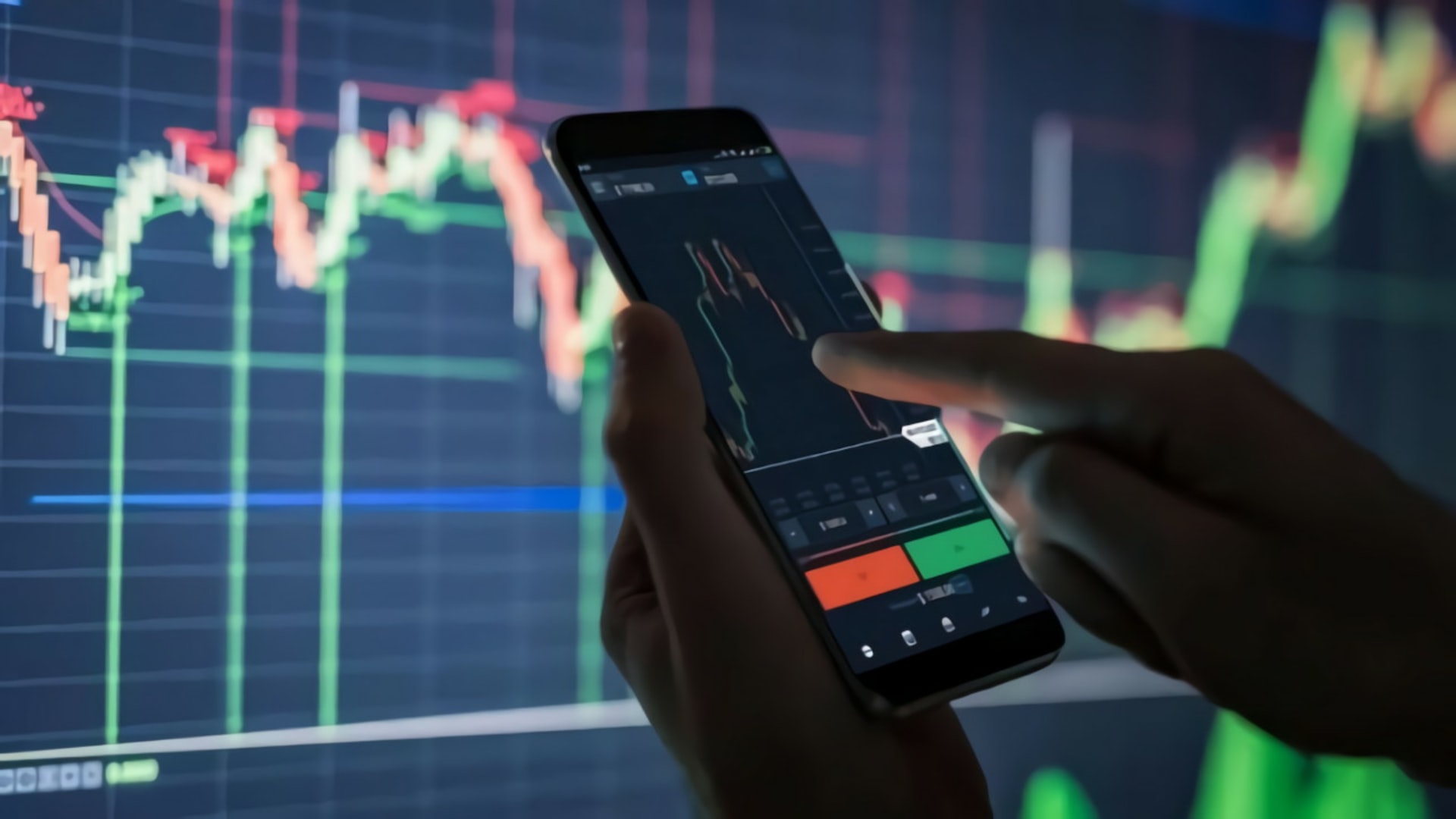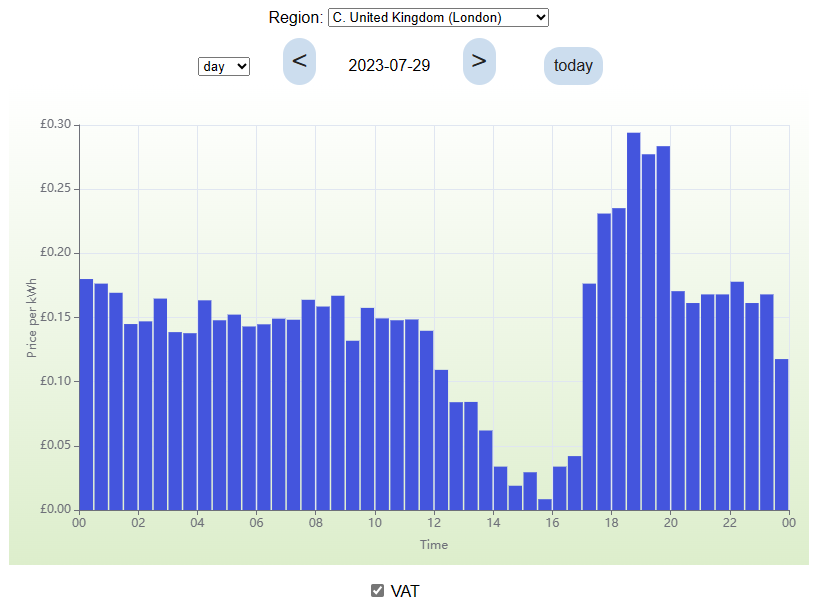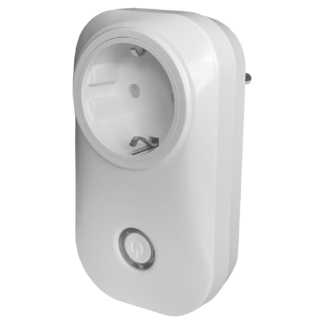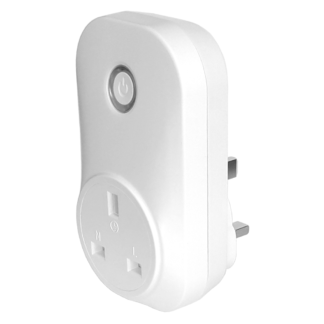
Time of Use tariffs are energy prices that change continuously and are generally cheaper than fixed prices.
Energy prices are fluctuating constantly. Even though many consumers have a contract with fixed fees, running for a certain timespan, there are other options. If you choose Time of Use (ToU) tariffs, the prices you pay follow the wholesale prices. This is also known as a dynamic or full flex pricing. These are all names for the same concept: prices change every (half-)hour of the day.
An example of a ToU plan in the United Kingdom is Agile Octopus.
How do Time of Use tariffs work?
Since a lot of people in Europe have a smart meter installed, it is possible to utilise Time of Use tariffs. This means that you could pay 10 cents per kWh at noon and 80 cents in the evening. Did you know that there are moments when there are even negative prices? This means that you’ll get money back when you use energy! Your electrical power usage is stored every fifteen minutes. At the end of the month, you receive a bill. The total amount is calculated automatically for you.
Is a time-of-use contract cheaper or dearer?
Pricing fluctuations are considerable during the 24 hours of the day. Visit our free energy planner to check the current prices. An example on how prices change during a typical summer day, you can see below.

Energy suppliers want to avoid risks. So, when you have a fixed-rate contract, you will pay the highest prices. When the actual market price is lower, they benefit from this. But you can benefit too! To do so, you can switch to a ToU contract, and have a close look at which times of the day you are actually using electrical power. Does this sound like a lot of trouble? Our EcoSwitch does this automatically!
Benefit from low electricity prices yourself
When you use our smart plug, the EcoSwitch, your connected devices will automatically switch on or off depending on the current prices. Once a day the plug retrieves the current market prices from the internet. It uses these prices to plan your energy use for the next day and switch your devices on and off at the right time. You can read more about the EcoSwitch here.
-
 EcoSwitch Plus 10A EU€ 47,02 – € 53,68
EcoSwitch Plus 10A EU€ 47,02 – € 53,68 -
 EcoSwitch Plus UK€ 47,02 – € 53,68
EcoSwitch Plus UK€ 47,02 – € 53,68


